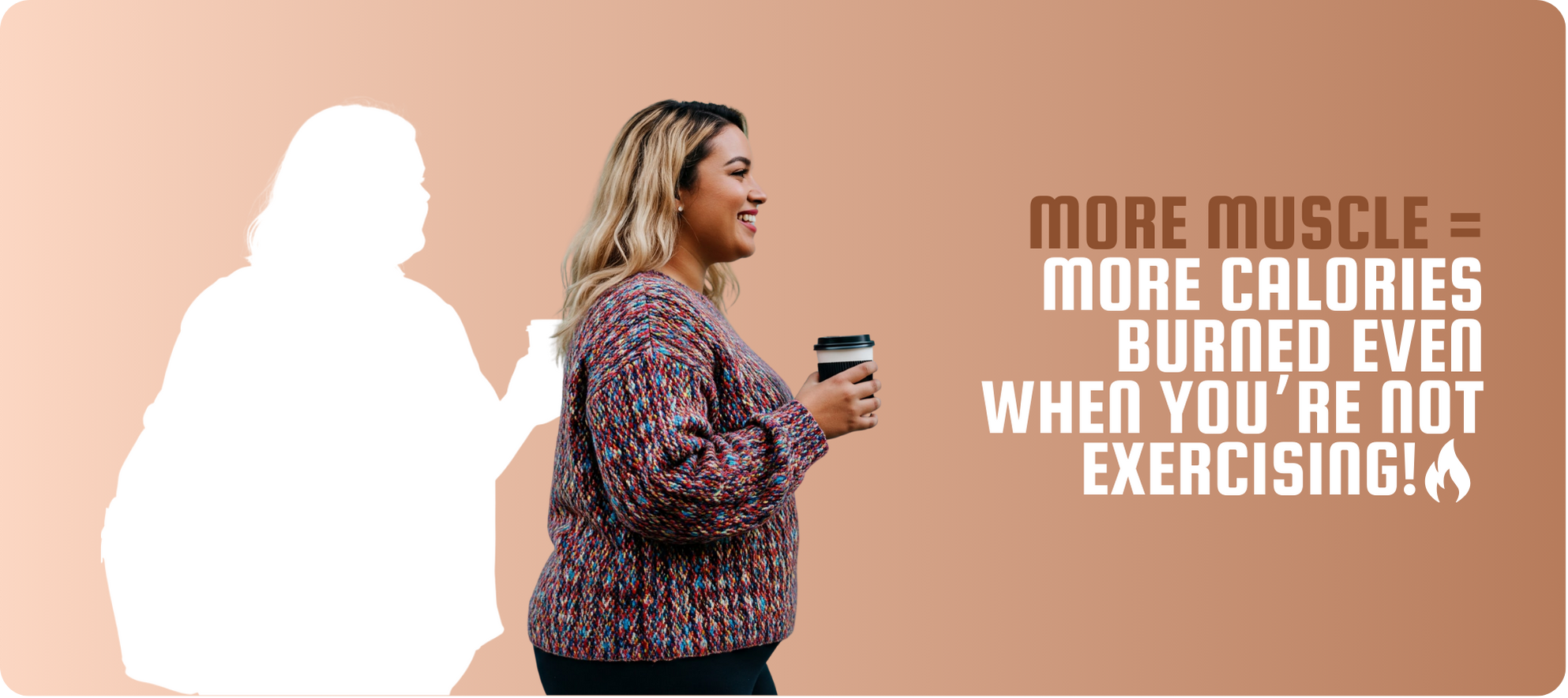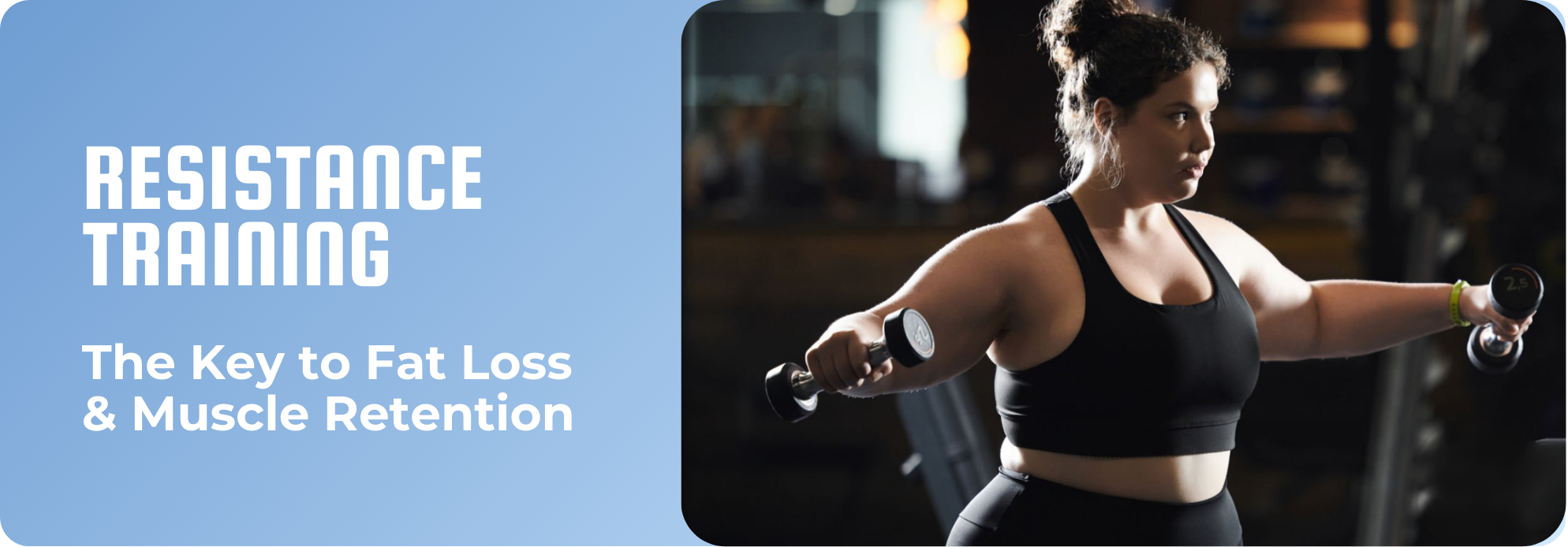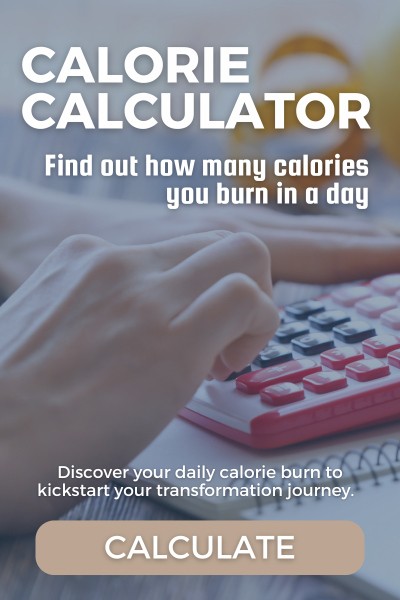How to Lose Fat Without Losing Muscle: Preventing Metabolic Loss
The Danger You Don’t See: Muscle Loss When Losing Weight
You’ve been hitting the gym, eating clean, and watching the scale drop. But what if I told you that losing weight is not the same as losing fat? In fact, if you’re not careful, you could be sacrificing valuable muscle mass—and that can lead to a metabolic disaster. Understanding fat loss vs muscle loss is crucial for achieving sustainable weight management.
Why Muscle Matters for Fat Loss
The Role of Muscle in Metabolism
Why muscle matters for metabolism goes beyond just looking toned. Muscle isn’t just for bodybuilders—it’s your metabolic engine. Every pound of muscle burns calories at rest and even more when you move. Whether you’re walking, fidgeting, or lifting groceries, having more muscle means burning more calories.
But if you don’t actively work to keep it, your body may break down muscle for energy, slowing down your metabolism and making it harder to maintain long-term weight loss. If you want to prevent muscle loss while losing weight, the key is resistance training for fat loss.
Muscle Loss in a Fat Loss Phase
Why Does Muscle Break Down?
When you reduce calories for weight loss, your body can pull energy from two sources:
- Stored fat (what you want to lose)
- Muscle tissue (what you want to keep)
Since your body prioritizes survival over aesthetics, it breaks down muscle for energy if it doesn’t think you need it. This results in:
- A slower metabolism
- Less strength and endurance
- Higher chances of regaining weight
Why Does Muscle Loss Slow Metabolism?
Metabolism and Muscle Mass
Muscle burns more calories per pound than fat—both at rest and during movement. Research suggests that:
- 1 lb of muscle burns 6-10 calories per day
- 1 lb of fat burns only 2 calories per day
But muscle is even more important when you’re active. More muscle means more calories burned even during simple activities like walking or fidgeting. This is why how strength training helps weight loss is one of the most important fitness principles.
The Importance of Keeping Muscle for a Higher Metabolism
How Muscle Increases Daily Calorie Burn
Muscle isn’t just about aesthetics—it boosts Non-Exercise Activity Thermogenesis (NEAT), which includes:
- Walking – People with more muscle burn more calories per step compared to those with less muscle.
- Daily movement – Whether you’re typing, standing, or fidgeting, muscle makes these small actions more metabolically expensive.
Bottom Line: More muscle = More calories burned even when you’re not exercising!

Resistance Training: The Key to Fat Loss & Muscle Retention
Why Strength Training is Essential
- Sends a signal to retain muscle – Your body keeps muscle if it believes you need it. Best exercises to prevent muscle loss include compound movements like squats, deadlifts, and presses.
- Prevents the “skinny fat” look – Losing weight without strength training leads to a soft, undefined body rather than a lean, strong physique.
- Protects long-term metabolism – More muscle = a stronger, more resilient metabolism, reducing the risk of weight regain.
A Breakdown of How Resistance Training Supports Fat Loss
Without Resistance Training:
- Muscle loss leads to fewer calories burned while walking
- Lower resting metabolism
- Higher risk of regaining weight
With Resistance Training:
- More muscle preserved = Increased calorie burn
- Faster metabolism, even when resting
- More effective fat loss with minimal muscle loss
How to Use Resistance Training for Optimal Fat Loss
- Train at least 3x per week – How strength training helps weight loss is by focusing on compound exercises like squats, deadlifts, and presses to engage multiple muscle groups and maximize calorie burn.
- Progressive overload – Increase weights, reps, or intensity over time to challenge your muscles and signal your body to keep them.
- Eat enough protein – Protein intake for muscle retention is critical. Consume 0.7-1.0g of protein per pound of body weight daily to support muscle retention.
- Be strategic with cardio – Too much steady-state cardio without resistance training can lead to muscle loss. A balance of resistance training for fat loss, HIIT, and daily movement is the best approach.

Final Takeaway: Lift to Lose!
How to lose fat without losing muscle boils down to prioritizing resistance training, eating enough protein, and being strategic with cardio. Resistance training isn’t optional if you want to lose fat while keeping your metabolism strong—it’s essential. It helps you burn more calories at rest, maintain muscle, and achieve a lean, toned physique.
So, next time you consider skipping the weights, remember: More Muscle = More Metabolism!















